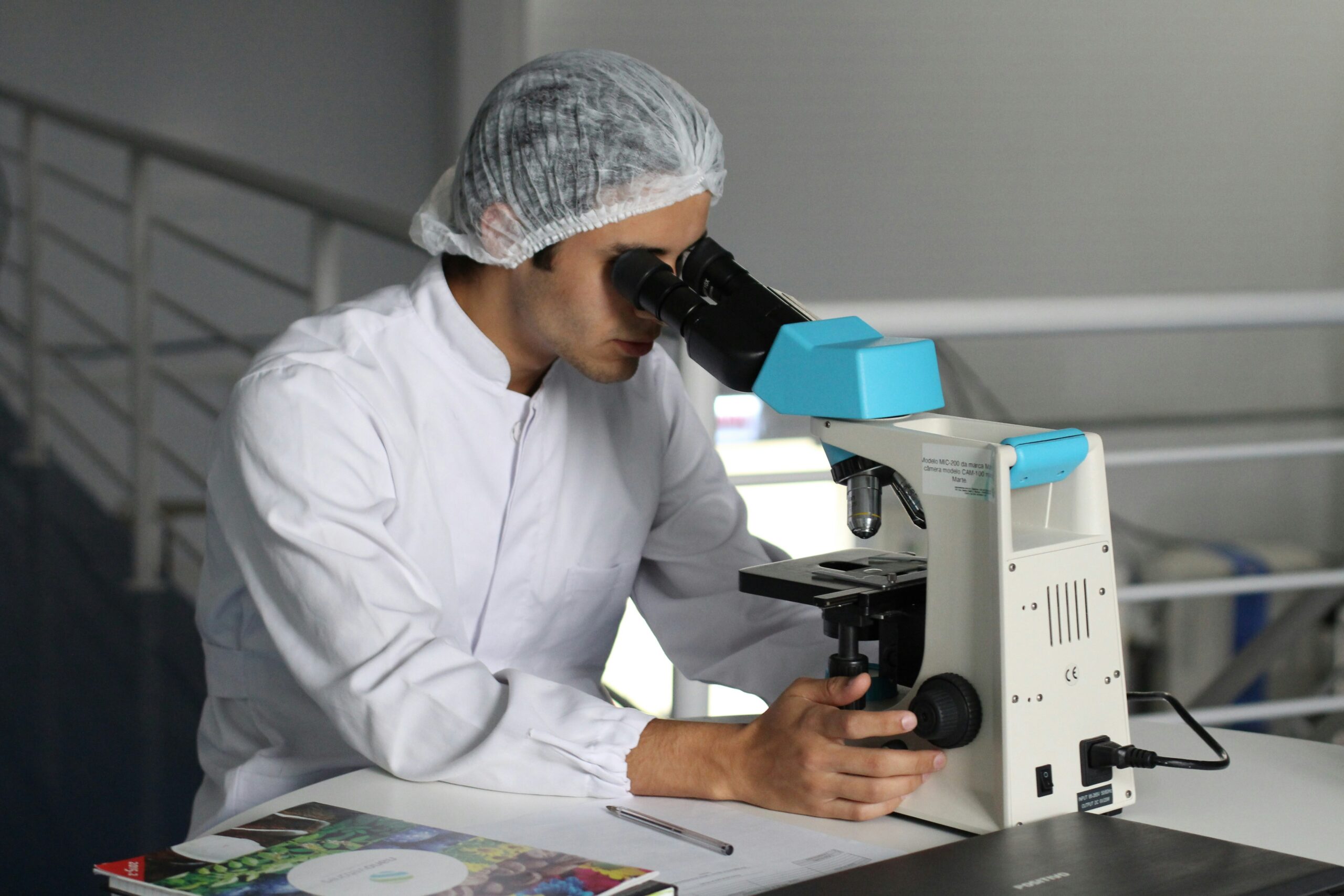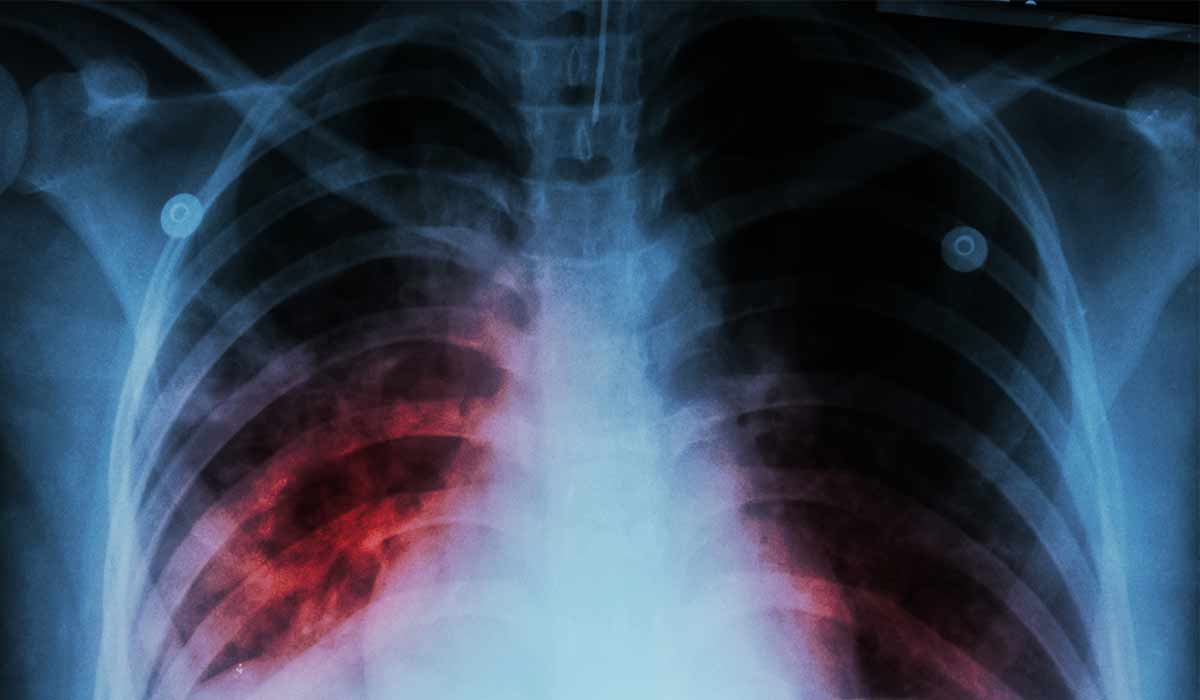A blood infection, which scientists tag as sepsis, is a formidable medical problem. It emerges when dangerous bacteria or other infectious agents hop into the bloodstream and cause repercussions throughout the organism.
This condition commences a swelling process that may debilitate miscellaneous tissues and end up in organ disruptions. It eventuates when an infection from a body fragment, such as the lungs, abdominal sector, or urinary network, spreads into the bloodstream, allowing bacteria or toxins to circulate throughout the human.
When the immune network's inner workings recognize these invaders, it releases cytokines to tackle the infection. However, if the disorder is powerful, the immune safety protocols can sometimes be defective, constructing potent inflammation that may mistreat normal tissues. The invalid processing of the immune network can cause multifaceted things to eventuate, such as blood becoming clotted, less blood going to the major organs, and finally, these organs not working anymore.
Evidence of a blood infection can vary depending on its strength and the underlying factors. Customarily, entities witness heightened body heat, intense chills, quick breathing, accelerated heart rate, and confusion. In dire conditions, patients can experience a drop in blood pressure known as a septic shock; if not attended to dynamically, it may pose a formidable jeopardy to one's health rank.
Sepsis, or blood infection, materializes with varying rhythms in different communities and locations and is considered a major global health matter. Persons ranging from very young infants to the elderly are susceptible to sepsis, a condition that may follow varied infections and wounds or sometimes happen during medical interventions. Ascertaining the precise count of sepsis incidences is no mean feat due to diverse reporting approaches and healthcare infrastructures across nations; however, it affects numerous people globally who fall ill or pass away because of it.
In many developed countries, such as the United States and miscellaneous European countries, it is believed that each year, sepsis affects a large number of persons – possibly up to several hundred thousand. Despite upgrades in medical treatments and antibiotics for infections, the incidence of people contracting sepsis is on the rise. This could be because the number of elderly individuals has risen, bacteria are constructing more reliable guards against antibiotics more regularly, and there are a more considerable number of people whose immune procedures aren't as skillful as they need to be.
In nations where money is lacking, it is grueling to access healthcare, and numerous people believe that sepsis issues are more problematic in these places. Bad hygiene routines, a void of clean water, and sluggish medical services can lead to elevated infections that may evolve into sepsis. What's when there are more resources, the duly diagnosis and treatment of sepsis may lead to upgraded health forecasts for those affected.
Specific clusters of persons are more likely to obtain sepsis. This group encompasses individuals with chronic disorders such as diabetes, cancer, or HIV/AIDS![]() and also those whose immune protocols are compromised due to specific medications they take or medical treatments they undergo, like chemotherapy or organ transplants. In addition, elderly individuals and infants are more in jeopardy of advanced infections that may escalate the threat of sepsis.
and also those whose immune protocols are compromised due to specific medications they take or medical treatments they undergo, like chemotherapy or organ transplants. In addition, elderly individuals and infants are more in jeopardy of advanced infections that may escalate the threat of sepsis.

Sepsis eventuates when an infection hops into the bloodstream, and it can be due to multifaceted aspects and varied indispositions that a person may already deal with. Traditionally, bacteria lead to sepsis, typically beginning with infections in other sectors of the body such as the lungs, urinary system, or abdominal zone. Many bacteria, such as Escherichia coli![]() , Staphylococcus aureus, and Streptococcus pneumonia, can incite sepsis if they enter the blood.
, Staphylococcus aureus, and Streptococcus pneumonia, can incite sepsis if they enter the blood.
In addition to infections from bacteria, sepsis may also come from fungi or viruses. Fungi like Candida and viruses, consisting of flu or herpes, can occasionally cause blood contamination, especially if a person's immune guard is not powerful enough. These infections can surface directly in the blood or be complications from other indispositions or health interventions.
Sepsis is perilous for more reasons, such as when a person has health problems that make their immune system not potent, like HIV/AIDS, cancer, or diabetes. People with these conditions get infections more quickly and may face enlarged possibilities of obtaining sepsis if an infection gets into their blood. In the same style, when entities do not take the duly steps to stop germs from spreading, operations that go inside the body, like surgery or putting in tubes for giving medicine through veins, can make it more likely to get infections in the blood.
A person's routine and habits can make them more vulnerable to getting sepsis. Employing needles for taking drugs, not cleaning oneself daily, or staying in spots that are crowded or dirty may heighten the threat of coming into contact with dire bacteria that cause infections in the blood. Lastly, being older![]() and having particular genes may make it more likely for someone to procure sepsis.
and having particular genes may make it more likely for someone to procure sepsis.
A patient with sepsis or blood contamination can present a variety of signs. This depends on what incited it, its gravity, and the patient's health status. Customarily, people with sepsis get a high fever with shaking or chills; they may also breathe speedily and have an elevated heart rate. The body shows signs when a threatening factor or different germs hop into the blood.
In addition to feeling very hot and breathing energically, people with sepsis may feel worn out, frail, and confused. These feelings emerge because the body is combating the contamination, which can worsen if the sickness becomes more advanced. When someone has strong sepsis, their blood pressure usually plummets![]() . Scientists call this phenomenon septic shock. A person may become dizzy or have a sensation of lightness in their head, which can result in them passing out.
. Scientists call this phenomenon septic shock. A person may become dizzy or have a sensation of lightness in their head, which can result in them passing out.
When sepsis eventuates as an infection in the urinary network, it traditionally causes pain or a burning feeling when peeing. When a person has an infection inside the stomach sector, it can result in pain or sensitivity if someone touches it. However, if there is an infection on the skin, it can turn the skin red and swollen, making that zone feel warm; should this infection move into the blood, it may impact a variety of places in the organism as well.

To determine if someone has a blood infection, also known as sepsis, doctors carry out various medical examinations, laboratory tests, and imaging procedures to assess the presence and severity of a disease.
Initially, they thoroughly review the patient's medical history and perform a physical examination to search for indications or symptoms that might suggest widespread infection or inflammation in the body.
Laboratory examinations are crucial to detect whether an infection is present in the bloodstream and to identify precisely which type of microorganism is responsible. For diagnosing sepsis, physicians frequently utilize a procedure known as blood culture; during this process, they collect a blood sample and cultivate it under specific conditions to observe if bacteria or fungi appear. Culture blood tests can detect the microorganism causing an infection and help choose the right antibiotic therapy.
In addition to drawing blood for culture tests, we perform various laboratory examinations to assess the level of inflammation and determine if sepsis has impaired organ function. A complete blood count test allows us to measure white blood cell levels, and by examining markers such as C-reactive protein![]() and procalcitonin, we can detect indications of inflammation. They might also do blood chemistry tests to see if the organs function correctly, like examining the liver and kidneys.
and procalcitonin, we can detect indications of inflammation. They might also do blood chemistry tests to see if the organs function correctly, like examining the liver and kidneys.
Physicians could carry out imaging examinations, such as capturing photographs of the chest or employing sound waves to see within, enabling them to detect infections in specific areas or issues like pulmonary disease or abscesses. These imaging studies assist in determining the origin of the infection and guiding the subsequent treatment approach.
Doctors can assess the severity of sepsis and predict patient outcomes by utilizing scoring systems such as the Sequential Organ Failure Assessment![]() (SOFA) or its abbreviated form, qSOFA. These approaches consider factors like blood pressure, breathing rate, and consciousness level to identify patients who may face complications.
(SOFA) or its abbreviated form, qSOFA. These approaches consider factors like blood pressure, breathing rate, and consciousness level to identify patients who may face complications.

A combination of treatments is necessary to treat a blood infection called sepsis. The aim is to eliminate the infection source, ensure vital organs function correctly, and address any complications arising from this condition.
Administering antibiotics promptly is crucial in treating sepsis, allowing doctors to combat the specific bacteria that cause illness. Doctors may begin antibiotic therapy based on their suspicions and later adjust the treatment once blood test results are available to identify the most effective antibiotic.
In addition to antibiotics, providing extra support for managing sepsis and preventing further complications is crucial. Typically, doctors administer fluids intravenously![]() to maintain stable blood pressure and ensure that the body's tissues receive sufficient blood supply; this becomes particularly essential in cases of septic shock where an individual's blood pressure might fall dangerously low. Oxygen therapy can be administered to ensure that tissues receive sufficient oxygen, particularly when patients experience difficulties with respiration.
to maintain stable blood pressure and ensure that the body's tissues receive sufficient blood supply; this becomes particularly essential in cases of septic shock where an individual's blood pressure might fall dangerously low. Oxygen therapy can be administered to ensure that tissues receive sufficient oxygen, particularly when patients experience difficulties with respiration.
In cases where there is severe sepsis or a person has septic shock, it may be necessary to administer vasopressor medications. These drugs increase blood pressure and improve blood circulation to the body's organs. The drugs work by constricting the blood vessels, which increases blood pressure and ensures good flow to essential organs such as the heart, brain, and kidneys. Monitoring blood pressure, pulse, and other critical health indicators are crucial when administering vasopressor therapy to prevent issues like insufficient tissue perfusion or abnormal heart rhythms.
Apart from using antibiotics and receiving additional care, other approaches may be necessary to manage complications associated with sepsis. For example, in cases of severe sepsis where an individual's respiratory function is compromised, a ventilator could be required to assist with breathing. When a person's kidneys are not working, they may need dialysis. It is also possible that an operation will be necessary to remove tissue with infection or drain pus pockets.

The forecast for a patient with blood contamination named sepsis can differ considerably. It depends on what incited it, how potent the contamination is, and how soon they obtain aid from experts. Sometimes, if the right medicine is given soon enough, sepsis can get better, and the person may rejuvenate 100%. But if the sepsis gets worse, it can move forward dynamically and give birth to problems that can end in lasting damage or sometimes death.
Realizing post-haste and starting treatment immediately is decisive for upgraded results in patients with sepsis. If there is a delay or the treatments are not strong enough, the infection can grow in strength and cause more inflammation that may disrupt how organs work. When sepsis becomes direr and turns into extreme sepsis or even ends up in a state of septic shock, the possibilities of staying alive plummet because these scenarios are often linked with death.
The future tidings of sepsis are also affected by the patient's overall health rank if they have other medical dillemas and matters like organs not working as due. Older people or those whose immune guards are not hardy and who have plenty of medical troubles may deal with more dangerous features of sepsis.
In the past few years, we've progressed in tackling sepsis by constructing mandates based on post-haste unearthing and cure studies. These procedures highlight giving antibiotics soon, starting fluid treatment right away, and providing aid to keep body processes going to halt organs from failing and help patients get better.
Table of Contents

Do you know how to recognize the sepsis symptoms? It is worth having this knowledge, because when sepsis occurs, prompt… read more »

Antibiotics are drugs used for a variety of ailments. Learn about the most common side effects of antibiotics and how… read more »

Staph infection is a common disease. How can you get infected with this bacteria? How to avoid it? Learn all… read more »

Listeria is a bacterium that can cause infectious disease. You can get infected through food. Find out how to avoid… read more »

A UTI is a urinary tract infection. They are most often caused by bacteria. Infection may be limited to bladder… read more »

An abscess is a pocket of pus that emerges when bacteria cause an infection, leading to swelling in the organism's… read more »

Tuberculosis is an infectious disease caused by mycobacteria. There are many types of tuberculosis with varying symptoms. Learn it all… read more »

MRSA infection is a medical condition in which antibiotic-resistant bacteria attack the body. The infection can be asymptomatic or very… read more »

Bacterial infections are diseases caused by the accumulation of bacteria in the body. How to distinguish them from viral infections?… read more »